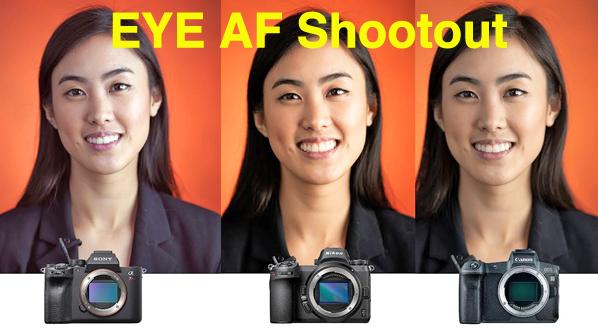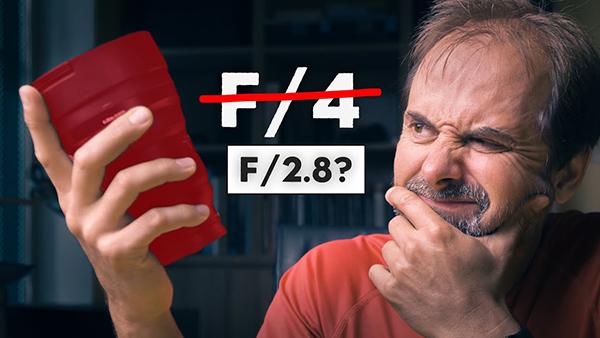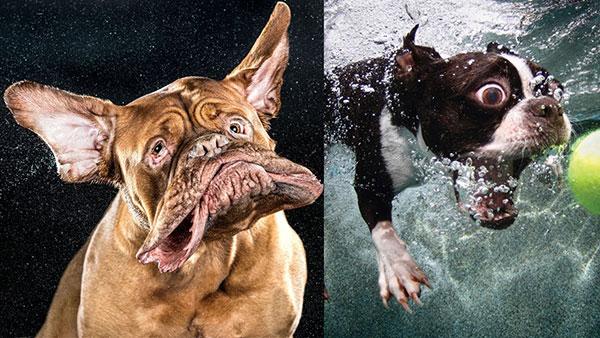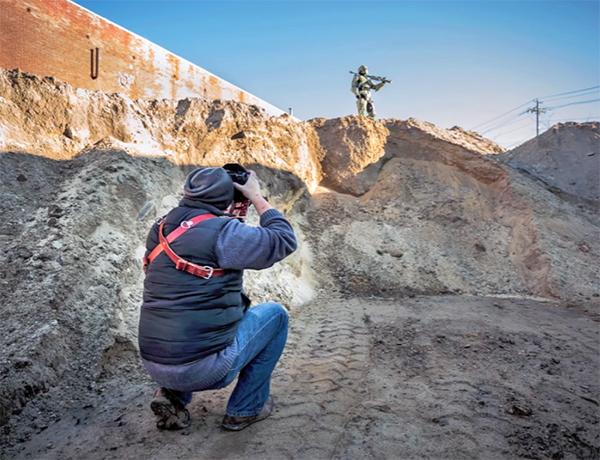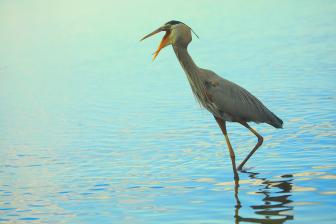Videos
Sort By: Post DateTitle Publish Date
|
Mar 12, 2018
|
Mar 01, 2018
|
Jan 28, 2020
|
Jan 07, 2021
|
Sep 30, 2024
|
May 14, 2018
|
Dec 04, 2015
|
Sep 13, 2016
|
Dec 31, 2014
|
Oct 22, 2018
|
Dec 15, 2015
|
Apr 13, 2016


